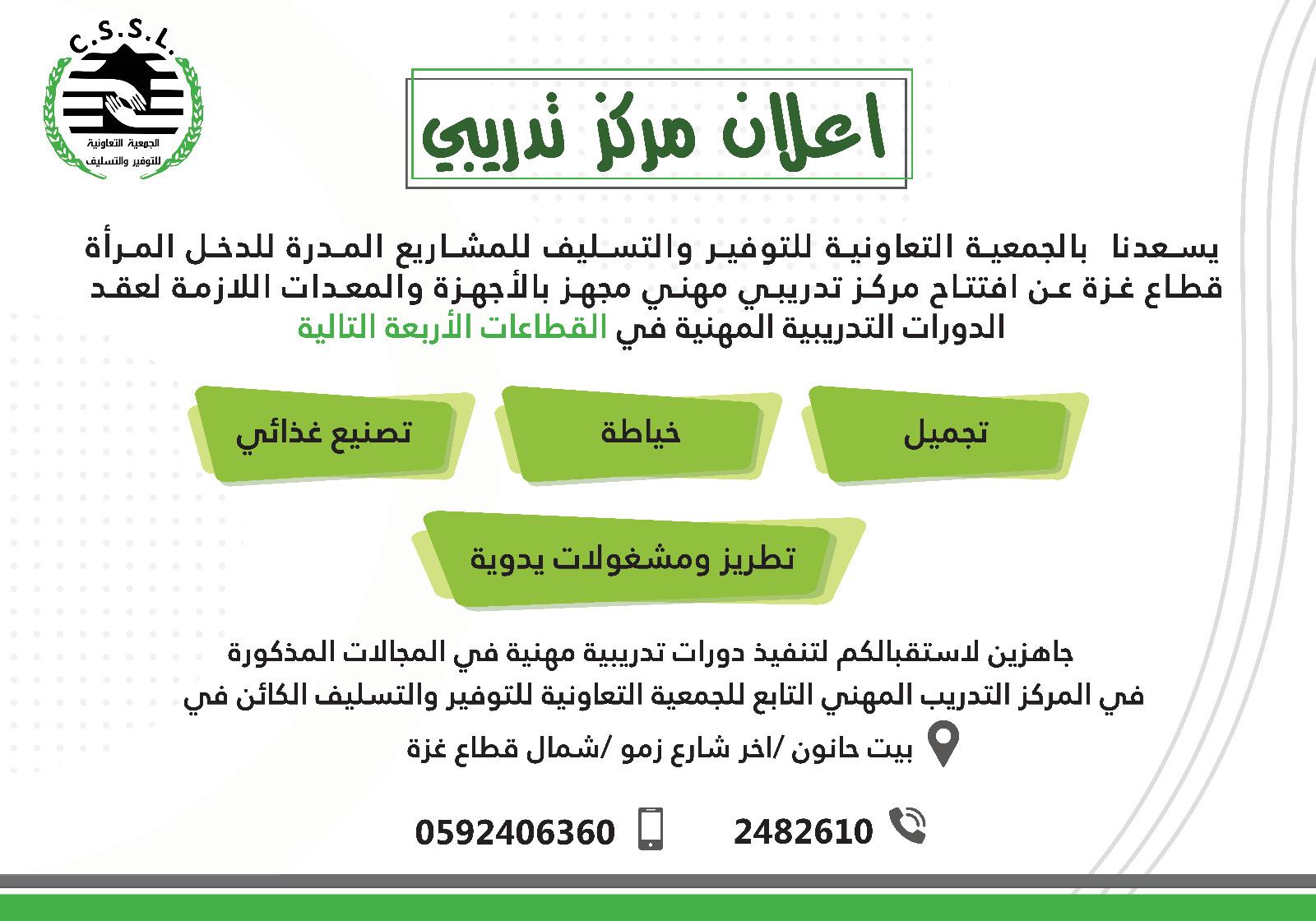The project targets the poorest and the most marginalized areas (Beit Hanoun, Shijia area, Moghraqa, Bureij, Wadi Salqa, Khaza’a, Absan). Where those areas are suffering of poverty as it is a border area near Israeli side in addition to the loss of homes and parents and income sources. And it is clear that there is: 1. Increase malnutrition diseases and anemia among children as a result of lack the ability of families in rural and marginalized areas to provide adequate food for their children 2. High rates of malnutrition among children, double what it was before the last war on Gaza for up to 18%. 3. Children in Gaza Strip under the age of six years represents 20% of the population and this category is vulnerable. 4. Poor concentration of children, especially in elementary school, which affects their education. 5. 60% of families fall below the poverty line and this is a clear indicator of the inability of the Palestinian families to meet the needs of their children, especially of food, vegetables, fruit. 6. Children dropout from kindergartens and lack of commitment as an impact of wars and psychological pressure on them. Therefore, the importance of implementation of the project in this particular areas in Gaza Strip, its importance to poverty and hunger eradication to protect children from diseases and at the same time enhancing the role of women in their participation in the production process and therefore contribute to achieve relief of the Millennium.
Bring the Smile back for children of Devastated areas in Gaza Strip (Hot Meals)- 8 th Stage
RELATED ARTICLES



